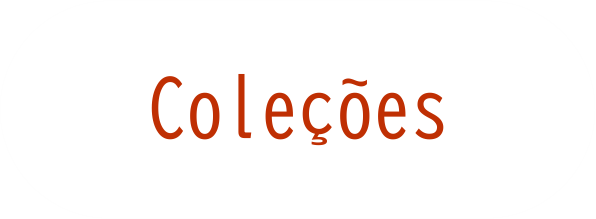ACTH and cortisone in Guillain-Barré syndrome: review of the literature and report of a treated case following primary atypical pneumonia.
Autor(es): BERLACHER F J,ABINGTON R B
Resumo: Guillain-Barré syndrome is an uncommon, acute polyradiculoneuropathy characterized by a progressive motor and sensory disturbance of cranial and spinal nerves, with albuminocytologic dissociation of the spinal fluid. Since Guillain, Barré and Strohl1 described this syndrome in 1916, numerous articles have appeared in the literature under various titles, including: polyradiculoneuritis, myeloradiculitis, polyneuritis with facial diplegia, infectious polyneuritis, infectious neuronitis, and Landry's ascending paralysis. It is doubtful if this problem of nosology can be settled until more is known regarding etiology and pathogenesis, since the diagnosis at present is based on the clinical picture, the spinal fluid findings, and the progress of
Palavras-Chave: ACTH/therapeutic use, CORTISONE/therapeutic use, GUILLAIN-BARRE SYNDROME/etiology and pathogenesis, GUILLAIN-BARRE SYNDROME/therapy, PNEUMONIA, PRIMARY ATYPICAL/complications
Imprenta: Annals of Internal Medicine, v. 48, n. 5, p. 1106-1118, 1958
Identificador do Objeto Digital: 10.7326/0003-4819-48-5-1106
Descritores: Guillain-Barre Syndrome - Pathogenesis ; Guillain-Barre Syndrome - Proteins ; Guillain-Barre Syndrome - Viral infections
Data de Publicação: 1958








